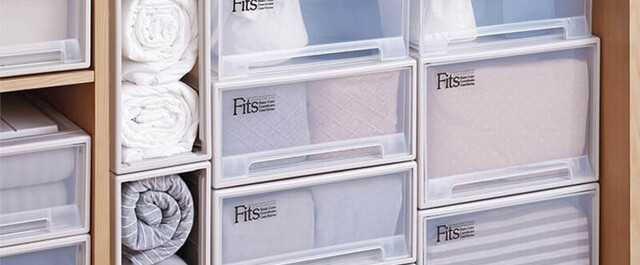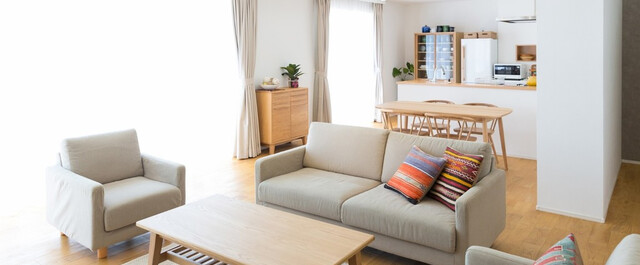
restaurant menu board
restaurant menu board
本サービス内ではアフィリエイト広告を利用しています
- 25
- 0
- 0
-
いいね
-
クリップ
Restaurant Menu Boards: A Key Ingredient for Success
Menu boards as used in restaurants can be best understood as more than a billboard of the foods that are available in the restaurant, but as a functional tool for restaurant business marketing and business management. The menu board can help customers make their decisions, improve brand’s image and even increase revenues.
From conventional black boards to touch screen electronic boards for the modern customers, restaurant menu boards have progressed all the way.
What Is a Restaurant Menu Board?
A restaurant menu board can be defined as a physical or digital piece that informs customers about the restaurant’s meals, prices and sometimes more information like a description of the meals or their nutritional value.
Menu boards come in various forms:
· Static Menu Boards:
· Digital Menu Boards:
· Interactive Menu Boards:
Why is a Menu Board Important for Restaurants
The menu board is in fact classified as the restaurant’s “silent selling tool.” It informs, persuades and reminds consumers about the product, and defines the communication character of the brand. Here's why it's essential:
1. Guiding Customer Choices
An easily readable menu board with good graphics enables the customers to make orders promptly without much time being spent on the decision-making process hence better order throughput.
2. Upselling Opportunities
Perfectly positioned boards can draw attention to specific higher-margin products, a multiple product offer, or seasonal promotions likely to increase the bill.
3. Enhancing Brand Identity
Menu boards are part of a restaurant’s marketing communication strategy or identity. How a restaurant is portrayed is evident from the font used, the color used, the images used and the layout of the restaurant.
Types of Restaurant Menu Boards
1. Chalk boards and written boards
Often used in cafes, bakeries or pubs these boards have an artistic aesthetic look based on the old wood. They are cheap but should be washed often to keep their look neat.
2. Printed Boards
Static printed boards are typical for small restaurants. They are durable and professional looking but not very good for changes.
3. Digital Menu Boards
One key factor is the form of an electronic board; digital boards can have content which changes, be animated, or even show video content. It will be ideal for organizations such as fast food outlets, drive throughs, and current style organizations.
4. Interactive Touchscreens
These novel boards are progressively integrated into the self-service kiosks. They facilitate booking/customer-specific configurations, for example, an individual order or a desired type of food.
As a guide for designing effective menu boards the following key points are recommended.
Designing a menu board should include more than just a list of food items and their prices because a well-designed menu board is a well-designed advertisement. Here are some tips:
1. Prioritize Readability
The type size should not be too small, and the density of text to images should not be too congested, so as not to complicate customers.
Arrange the items into groups that are easy to understand, such as first, second, and third dishes.
2. Highlight Key Items
You can underline some dishes because of their high margin or specialty by using different fonts, colors or icons.
Use pictures or descriptions of good meals occasionally in order not to bore the people on the other side of the board.
3. Incorporate Branding
Make sure that the design of the receipt corresponds to your restaurant’s concept, color and logo.
Always have your message and images harmonized to support your brand image.
Advantages of Digital Menu Boards
While traditional menu boards still have their place, digital menu boards are gaining popularity for their numerous advantages:
1. Real-Time Updates
Change price, introduce new products or alter a promotion without having to worry about the cost of new prints.
2. Increased Engagement
Use of videos, animations and different colored graphics make the boards more appealing than the static boards.
3. Cost Efficiency
While the cost of implementation is relatively higher, the benefits accruable in terms of print costs and efficiency in the long run are enormous.
4. Personalization
Electronic boards may contain messages that can be changed with respect to time or even the prevailing weather or the type of customers.
5. Environmentally Friendly
Due to the fact that there is no need to use printed papers in the course of the meeting, digital boards are environmentally friendly.
Conclusion
Menu boards are not just boards that show what you want to eat; they are business-making tools that customers use to form or alter their perceptions of a restaurant business. Regardless of whether the new sign will be a hand painted chalkboard or a state of the art digital display, it all starts with good design and good location.
In the same way, menu boards are bound to become even more sophisticated in the future as a result of developing technology that will see restaurants gain further possibilities of reaching out to their consumers. Deciding on the right menu board solution is one of the determining factors to long-term success as the market becomes more saturated.
- 25
- 0
-
いいね
-
クリップ
あなたにおすすめ
関連キーワード
関連アイデア
-
 Temuの口コミと評判を総まとめ!危険性や怪しい通販サイトと言われる理由を徹底解説LIMIA編集部
Temuの口コミと評判を総まとめ!危険性や怪しい通販サイトと言われる理由を徹底解説LIMIA編集部 -
 ゆうパックのコンビニからの出し方まとめ!発送できる店舗や割引料金LIMIA編集部
ゆうパックのコンビニからの出し方まとめ!発送できる店舗や割引料金LIMIA編集部 -
 【2025】Netflixのおすすめアニメ31選|独占・オリジナルのアニメ映画や海外作品などLIMIA編集部
【2025】Netflixのおすすめアニメ31選|独占・オリジナルのアニメ映画や海外作品などLIMIA編集部 -
 【2025年2月】Amazonセール次はいつ?年間スケジュールやおすすめ商品も紹介LIMIA編集部
【2025年2月】Amazonセール次はいつ?年間スケジュールやおすすめ商品も紹介LIMIA編集部 -
 【2025】Netflixで配信中のおすすめドラマ45選|オリジナル作品や人気の海外ドラマなどLIMIA編集部
【2025】Netflixで配信中のおすすめドラマ45選|オリジナル作品や人気の海外ドラマなどLIMIA編集部 -
 スマートレターが買えるコンビニは?買い方や発送方法などを紹介LIMIA編集部
スマートレターが買えるコンビニは?買い方や発送方法などを紹介LIMIA編集部 -
 コンビニATMの振込方法まとめ!現金振込はできない?手数料や時間帯、限度額を解説LIMIA編集部
コンビニATMの振込方法まとめ!現金振込はできない?手数料や時間帯、限度額を解説LIMIA編集部 -
 【2025年版】おすすめのデリバリーサービスを徹底比較!手数料や特徴もチェック!LIMIA編集部
【2025年版】おすすめのデリバリーサービスを徹底比較!手数料や特徴もチェック!LIMIA編集部 -
 Amazonギフト券の使い方!使える場所や買い方・お得な活用法LIMIA編集部
Amazonギフト券の使い方!使える場所や買い方・お得な活用法LIMIA編集部 -
 【2025年2月】Qoo10メガ割で買うべきおすすめ商品39選!いつからいつまで開催?お得なクーポン情報もLIMIA編集部
【2025年2月】Qoo10メガ割で買うべきおすすめ商品39選!いつからいつまで開催?お得なクーポン情報もLIMIA編集部 -
 Temuクーポン【2025年4月最新】初回15,000円クーポンは安全?使い方も解説LIMIA編集部
Temuクーポン【2025年4月最新】初回15,000円クーポンは安全?使い方も解説LIMIA編集部 -
 【保存版】コンビニでFAXを送信&受信する方法!ファミマやセブンの料金比較まとめLIMIA編集部
【保存版】コンビニでFAXを送信&受信する方法!ファミマやセブンの料金比較まとめLIMIA編集部 -
 Temuはいつ届くのか《検証》到着までの日数・配送業者や追跡番号の調べ方LIMIA編集部
Temuはいつ届くのか《検証》到着までの日数・配送業者や追跡番号の調べ方LIMIA編集部
















